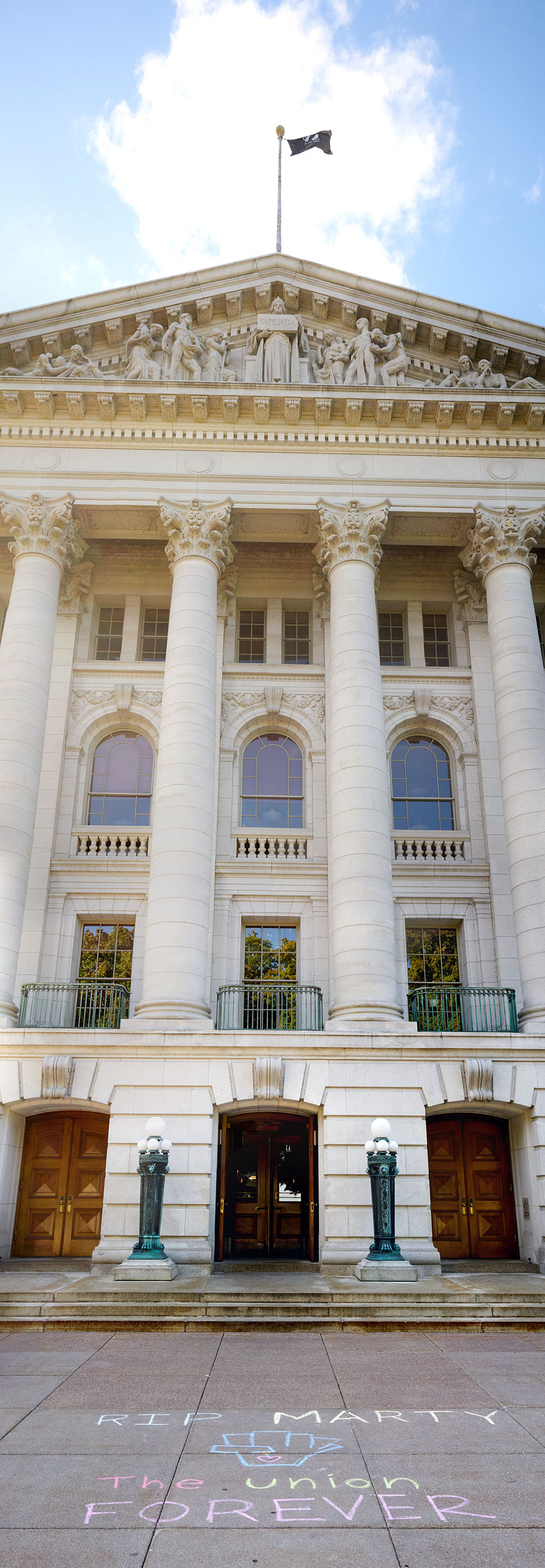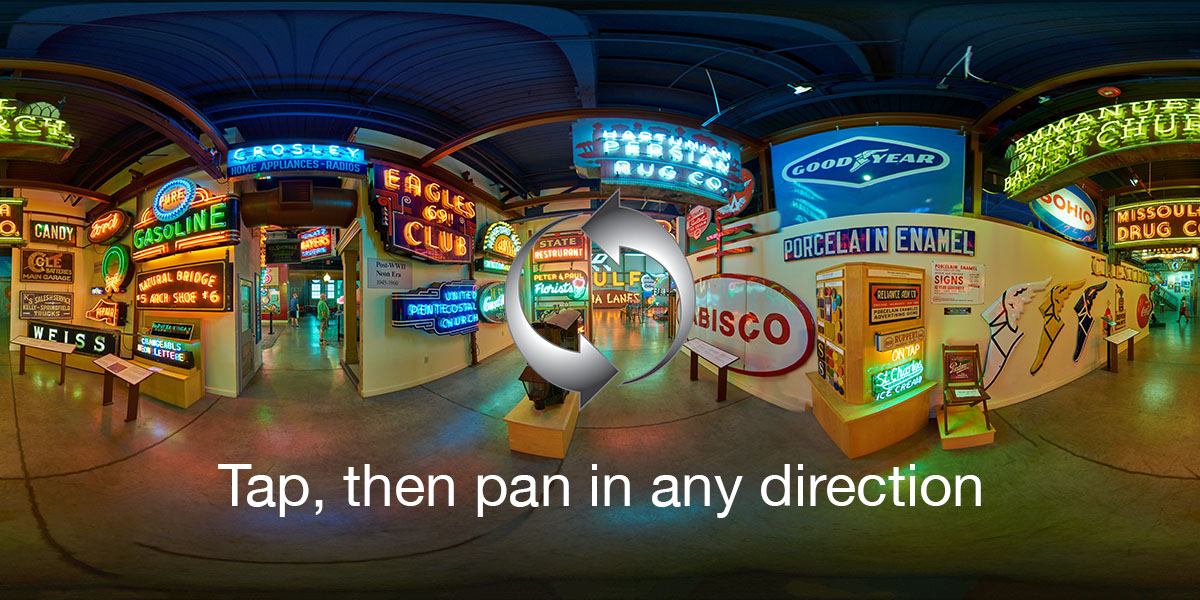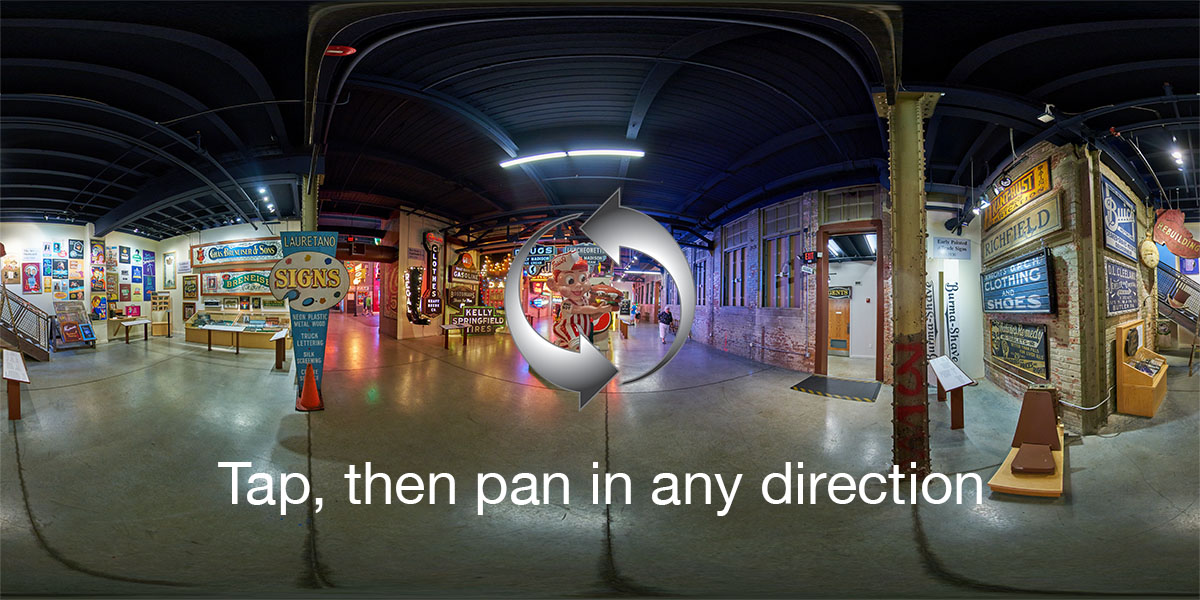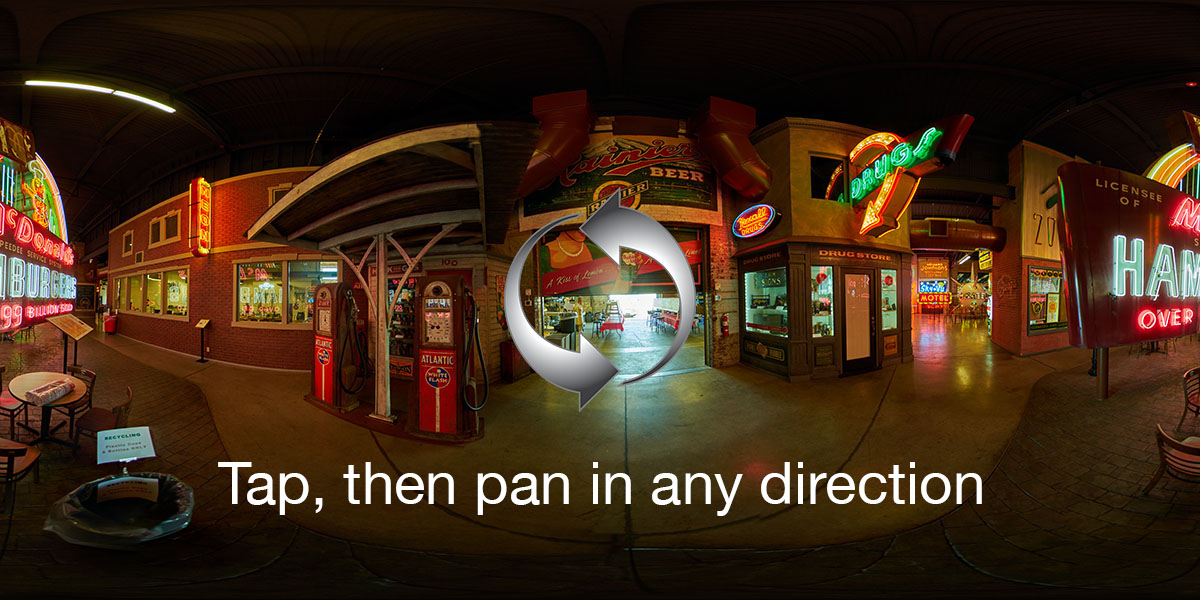China is launching a comprehensive “credit score” system, and the more I learn about it, the more nightmarish it seems. China appears to be leveraging all the tools of the information age—electronic purchasing data, social networks, algorithmic sorting—to construct the ultimate tool of social control. It is, as one commentator put it, “authoritarianism, gamified.” Read this piece for the full flavor—it will make your head spin. If that and the little other reporting I’ve seen is accurate, the basics are this:
This privacy activist has just won an enormous victory against U.S. surveillance. Here’s how.
Henry Farrell and Abraham Newman:
The European Court of Justice, Europe’s highest court, has just ruled that the Safe Harbor, an arrangement between the European Union and the United States allowing for the transfer of personal data, is legally invalid. Few non-specialists have heard of the Safe Harbor. Even so, this ruling is going to send shock waves through both Europe and the United States. Here’s how it happened (we talk about the implications in a separate post).
The Safe Harbor is the cornerstone of transatlantic e-commerce
Over the last 15 years, major U.S. e-commerce firms, such as Facebook, Google, Microsoft and Amazon, have developed big markets in Europe. They all rely on an arrangement called “Safe Harbor” to export personal data from Europe to the United States. The Safe Harbor was negotiated between Europe and the United States after a previous transatlantic dispute in which Europe threatened to stop transatlantic data flows. Europe has comprehensive legislation guaranteeing the privacy of E.U. citizens and preventing businesses from using their personal information in various potentially harmful ways. The United States does not have comprehensive privacy legislation (although it does protect the data of U.S. citizens against government intrusions, and provides some protections, e.g. for health data).
The Rise of the Outrageously Long Commute
A few years back, David Neeleman, the founder of JetBlue Airways, left his company and launched a new airline in Brazil. The airline, Azul, flies 22 million people a year, employs 12,000 people, and is the fastest-growing carrier in the region.
You’d think running such a large, complex operation would require a move to South America. But Neeleman commutes to Azul’s Sao Paulo headquarters every week from his home in Connecticut, taking the 10-hour redeye on Sunday nights and returning on Thursdays. This way, he says, he doesn’t have to uproot his family of 10 kids.
“My wife wasn’t so interested in moving,” said Neeleman, who recently bought TAP, Portugal’s national airline and is now commuting there as well. “We had all these kids playing [American] football and lacrosse. They don’t have those sports in Brazil.”
A Saturday Stroll in Photos


















“Hey Siri, are there some museums nearby?” Yes…. The American Sign Museum
And, so it was, with a small time window, I asked Siri for nearby museums. The American Sign Museum appeared to be an interesting choice and off I went.







While the big art museums are interesting, it is the more obscure destinations that often delight. The American Sign Museum is worth a stop.
Learn more, here.
A Revolution in Digital Assistants
Today, Kaplan is a vice president and distinguished scientist at Nuance Communications, which has become probably the biggest player in the voice interface business: It powers Ford’s in-car Sync system, was critical in Siri’s development, and has partnerships across nearly every industry. But Nuance finds itself in a crowded marketplace these days. Nearly every major tech company—from Amazon to Intel to Microsoft to Google—is chasing the sort of conversational user interface that Kaplan and his colleagues at PARC imagined decades ago. Dozens of startups are in the game too. All are scrambling to come out on top in the midst of a powerful shift under way in our relationship with technology. One day soon, these companies believe, you will talk to your gadgets the way you talk to your friends. And your gadgets will talk back. They will be able to hear what you say and figure out what you mean.
If you’re already steeped in today’s technology, these new tools will extend the reach of your digital life into places and situations where the graphical user interface cannot safely, pleasantly, or politely go. And the increasingly conversational nature of your back-and-forth with your devices will make your relationship to technology even more intimate, more loyal, more personal.
THE PERPETUALLY DYING ART OF THE SMALL-TOWN OBITUARY
After graduating from journalism school, I took a job at a tiny local paper in Northern California. I didn’t know this until I got there, but this paper was one of the few, and one of the last, perhaps, to publish long, reported obituaries for the common man, woman, and, even, child. Writing them became one of my primary tasks. The work was rewarding but difficult—I will never forget doing a two-page spread about the 9-year-old girl who drowned in a creek while having a picnic with her mom, for instance. I read reams of letters, diaries, and yellowed news clippings so old they crumbled in my hands, visited the homes of bereaved families, tracked down old photo albums—all to tell the stories of humans I would never know. I loved it.
Even before that job, though, the obituary form captivated me. You might even say it was an obsession; upon entering parties or business meetings, my mind would flash to what the obituary would be like for the person in front of me. (In my defense, the interest was also literary. They are kind of the ultimate in storytelling.) My mom traces these thoughts back to a serious car accident, about ten years ago. “You are very aware that the end could happen at any time,” she says.
But even though my days as an obituary writer were not that long ago, the culture of obituaries has changed greatly in the last few years. For one thing, newspaper numbers are dwindling: from 1990 to 2006, Pew Research Center calculated a 14 percent drop in daily papers in circulation. Social media has transformed how we communicate, as well, creating constantly pruned self-told stories. The obituary as we know it might be over. How will we remember the dead in the future? And what did we do in the past?
Monticello
On Manovich
Maybe we could think of it as a sort of meta- or hyper-avant-garde, that wanted not just a new way of communicating in a media but new kinds of media themselves. Kay and Nelson in particular wanted to give the possibility of creating new information structures to the user. For example, consider Richard Shoup’s, Superpaint, coded at Parc in 1973. Part of what it does is simulate real-world painting techniques. But it also added techniques that go beyond simulation, including copying, layering, scaling and grabbing frames from video. Its ‘paintbrush’ tool could behave in ways a paintbrush could not.
Airbnb Shares The Keys To Its Infrastructure
The infrastructure at Airbnb is not anywhere approaching that scale, but it is still large and growing fast. Curtis tells The Platform that Airbnb has around 5,000 EC2 instances running on AWS, most of them being reserved instances just to keep things simple. About 1,500 of those EC2 instances are deployed for the web-facing parts of its applications and the remaining 3,500 being used for various kinds of analytics and machine learning algorithms that drive the business. That ratio is interesting in and of itself, and it would not be surprising that as Airbnb grows, the amount of compute capacity dedicated to analytics and machine learning grows relative to the transaction processing portion of the business. The reason is simple: as more places become available on Airbnb and more people start using it, the challenge is not finding a place to rent, but finding the right place, one that satisfies both the renter and the host.









